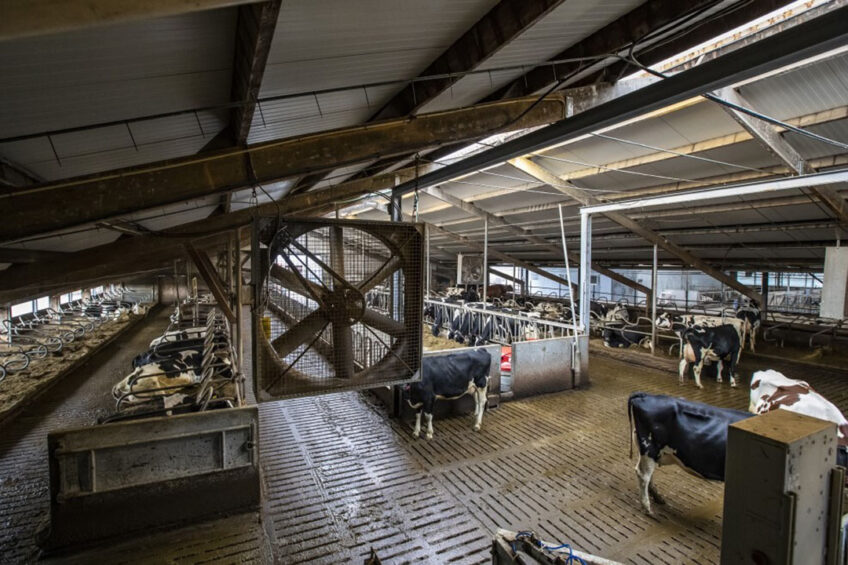How maintenance of dairy barn fans can save costs

Ventilation systems which circulate air within dairy barns can account for a large portion of an electricity bill. Some estimate they may account for 20-25% of the total electricity usage, especially when barns are mechanically ventilated.
Even with rising costs for electricity, the use of circulation fans for increased air speed are a necessary expense to reduce heat stress and to prevent the associated decreases in milk production, reproductive performance, and performance of future generations.
When temperatures are greater than 18ºC, fans are needed to move air to help cool the cows. The goal during the warmer months of the year is to exchange the air in these facilities 40 to 60 times per hour with the air moving at the rate of 6 to 8 kph at the level of the cow.
Poor or inadequate fan maintenance can decrease the overall airflow by fans as well as the efficiency of these motors by as much as 40%, unnecessarily increasing electricity bills. As little as 3 mm of dust on the fan blades can decrease the efficiency of the motor.
Maintenance on fans should be completed not once, but 3-4 times per year.
To improve and maintain the efficiency of the fan motors and air speeds within the facility, steps include:
- Clean dust from the blades, motor windings, sensors, and thermostats.
- Lubricate the fan according to the manufacturer’s recommendations.
- Check the belts for wear and stretch. Belts should ride on top of the pulley. Replace belts as needed.
- Check the electrical cords and wiring for breaks or disintegration of wiring covering.
- Check that the thermostat is operating properly, i.e. comes on at the proper temperature (18ºC)
- Check the angle of each fan such that the air movement of the fan blows to the ground level below the next fan.
Source: University of Kentucky, College of Agriculturehttps://www.ca.uky.edu/
Join 13,000+ subscribers
Subscribe to our newsletter to stay updated about all the need-to-know content in the dairy sector, two times a week.










